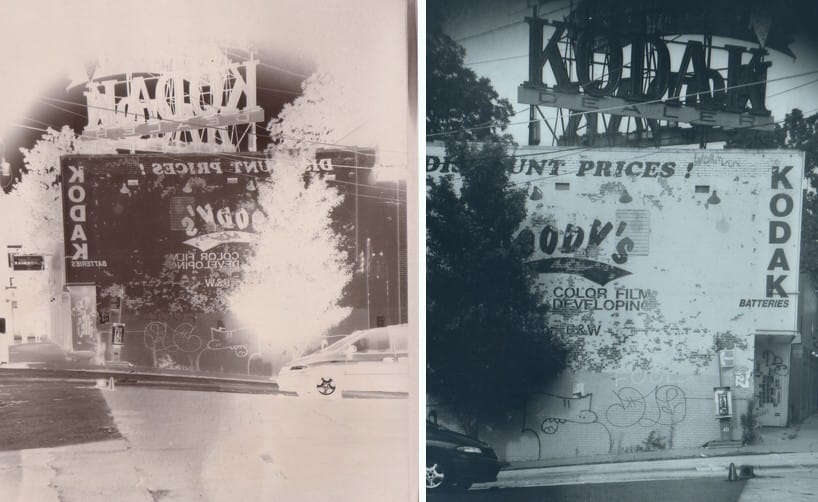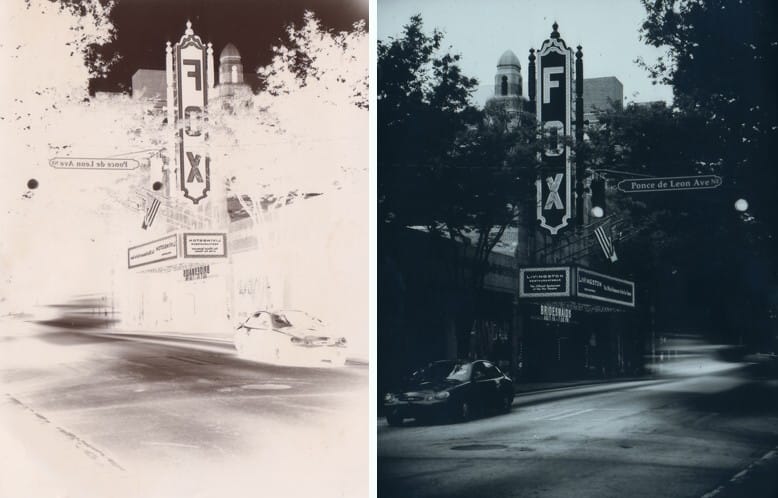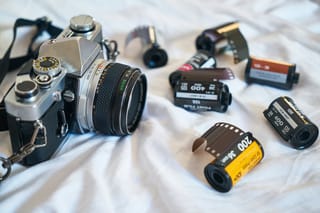
Earlier this year we wrote about how to develop your black and white film with coffee and vitamin c. If you missed that article, be sure to check it out here. Today, we’re taking the developing with caffenol one step further to develop your prints also.
Caffenol has become a popular choice in at-home darkroom communities as a non-commercial black and white film developer. Darkroom enthusiasts have also learned that it will develop b&w photographic printing paper as well. There is no modification in its formula required to be used for developing printing paper. For those who want to try their hands at processing b&w prints with this developer, here is its recipe:
8 oz. of water
2 tsp of Washing soda (also known as soda ash & sodium carbonate)
4 tsp of instant coffee crystal
Mix ingredients together until dissolved and solution becomes uniform.
Caffenol is considered by many of its users as an unpredictable developer, meaning it is difficult to standardize a set of rules for and apply to its processing procedure. Too many factors can affect its performance, from method of mixing up the solution to the ingredients itself. And, as it is with film, the print will still require stop and fixing baths, as well as rinse and dry to complete the process. Another factor that needs careful consideration is the type of paper you plan to use for printing, RC or Fiber base.
RC paper has a layer of developer already incorporated into its emulsion, thus requires substantially less developing time than fiber based paper. Developing time for RC paper can still run up to 12 minutes in Caffenol when it is at its full working strength. Fiber based paper will take at least triple the length of time it takes to develop RC paper. And since you can’t see the image being formed on the paper while submerging in the dark solution of Caffenol, visual inspection is the way to determine the completion of your print’s development.
 |
| left- negative, right- print (positive) |
Uneven development can also occur if you’re not tending to your print throughout its developing stage, as seen on the above negative image. The image was developed for 12 minutes (unattended for about 1/3 of the total developing time).
Image 2 was placed in the developer right after image 1 was taken out of the tray and developed for 12 minutes also. I used this time based on the overall appearance of correct density from image 1.
Image 3 was place in the developer tray right after image 2 was taken out. I overexposed this image by 1 stop and in theory, it should be developed for 12 minutes and yield double the density of image 2. But after 12 minutes of development the overall density of image 3 still didn’t reach that of image 2. So, it was left to continue developing for another 6 minutes. That’s 50% longer than the last 2 prints developing time. Again, visual inspection of the print is used to determine its overall appearance of correct density. Image 3 took 18 minutes to be fully developed. This tells me how quickly Caffenol is exhausted and loses its working strength. As with film, Caffenol takes too long to develop a print to be viable as a commercial developer. It is best to accept it as an experimenting developer and just have fun exploring its capabilities with silver based photography materials. A good number of darkroom practitioners have successfully created beautiful artistic images using Caffenol as their print developer. One such success story is photographer Tom Overton, who was nice enough to consult with me for this project. You can check out some of his Caffenol images here.
© Kris Phimsoutham






